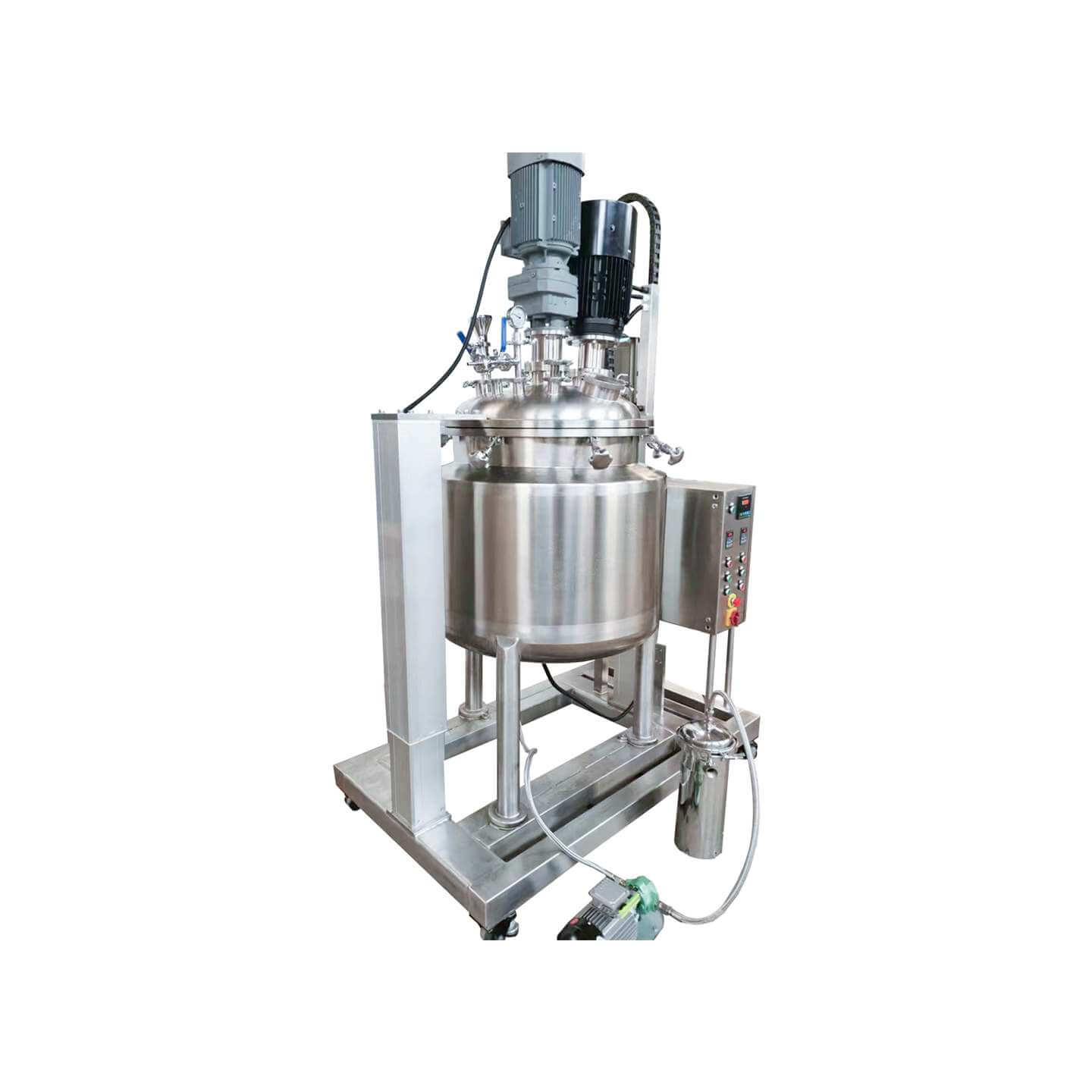

Laboratory Reactor
Laboratory reactor: used in the chemical industry, pesticide, paint, and other fields
Material
glass, stainless steel (316, 304), carbon steel, others
Capacity (L)
10-10000+
Mixing system
anchor, paddle, frame and others
Heating system
electric heating, oil heating and others
The laboratory reactor is small in size, beautiful in appearance, light, and fast in installation. It is composed of a pot body, pot cover, stirrer, jacket, support and transmission device, shaft sealing device, etc. The type of stirring device, rotation speed, sealing structure, heating method, etc. are produced.
Request a quoteA laboratory reactor is a small and medium sized chemical reactor designed for universities, scientific research institutions, research laboratories, and product development. It can not only ensure stable production, improve product quality, increase profits, and reduce physical labor, but also remove pollution to the environment. The laboratory reactor solves the problem of water pump seal leakage that was previously insurmountable by rotary seals and mechanical seals from the source, without any leakage or environmental pollution. It is currently the ideal equipment for carrying out chemical changes under temperature and pressure.

High quality features of laboratory reactors
1.To react with different substances in a laboratory reactor, you must first find out whether the substance is corrosive to the main material. It reacts strongly instantaneously, causing chemical changes in many gases or hot flammable, and explosive items. Special orders must be made if overpressure, overheating, or materials containing chloride ions, fluoride ions, etc., which may cause serious corrosion to the stainless steel plate.
2.When loading the reaction material, it should not exceed 2/3 of the liquid level of the laboratory reactor kettle body.
3.It is forbidden to depressurize, disassemble, or assemble during or after work! It is forbidden to operate the laboratory reactor under overpressure or overheating conditions.
4.When cleaning the laboratory reactor, be careful not to inject water or other liquids into the heat treatment furnace to avoid burning the heat treatment furnace wire. If you are heating the high-temperature heat transfer oil of the collet, be careful not to add water or other liquids when adding the high-temperature heat transfer oil. The amount of high-temperature heat transfer oil should be checked regularly.
5.If there are abnormal sounds inside the protective cover during operation, the laboratory reactor should be shut down and depressurized, and the mixing system should be checked for abnormalities. Regularly maintain the vibration of the mixing shaft. If the vibration is large, the bearing or coupling should be replaced immediately.
6.Connect the corresponding voltage according to the operating voltage of the controller, single-phase 380V, three-phase 220V. Do not connect the live wire and neutral wire of the controller incorrectly; do not perform wiring work during closing to avoid electric shock. In order to ensure the normal operation of the controller and the safety of workers, please be sure to connect the wires! The controller itself is not explosion-proof, so the laboratory reactor should be kept away from the environment of flammable and explosive materials such as oil and gas.
7.When the final reflected temperature is determined, the temperature preset value is not allowed to be changed during the heating process to prevent a large temperature overshoot.
8.When the controller is connected to the power supply, even if the heating and mixing switches of the laboratory reactor are not turned on, the output terminals on the rear panel of the controller are inductively energized. It is not allowed to touch any power plug during operation.
9.The working time display is an internal microcontroller design 8031, which is timed by accumulating the internal audio frequency. Each time the laboratory reactor is turned on and off, the internal accumulated data may disappear.
10.The correct inspection position of the speed ratio display is particularly important for the stable display of the speed ratio. This part has been adjusted at the original factory, so do not adjust it casually.
11.Every time the laboratory reactor is started, it is stipulated that all buttons should be in the initial state. This requires the operator to develop good working habits and twist the knob back to its original position after each work to avoid a large current overshoot at the next start and causing major damage to the controller.
12.Regularly inspect various dashboards blasting equipment, and laboratory reactors to ensure their accurate and reliable operation. The working environment of the equipment should comply with safety standards. When installing the laboratory reactor, connect the blasting release port to the outdoors through pipelines.
The reaction speed of a laboratory reactor must be controlled at the beginning. People often act too hastily when operating the equipment. Mechanical rotation to the value, in fact, this approach is often counterproductive. In this state, the equipment is easily reversed and the thermocouple will cause the stirrer to deform. In addition, in addition to deformation, this also causes the temperature of the laboratory reactor to rise rapidly, destroying the mechanical properties. At the same time, it will also lead to the failure of the final experiment and cause unnecessary losses.




